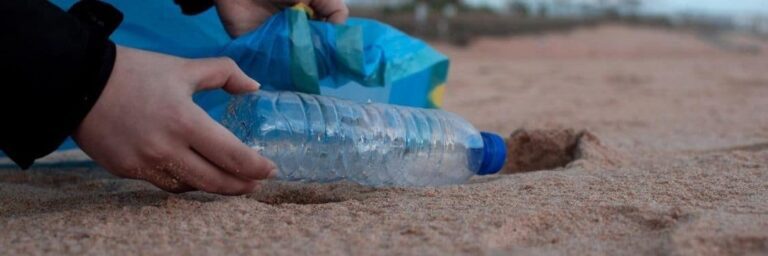From the time mankind began living in communities, the effective disposal of waste has been a major issue. As the population increased, the volume of waste also increased and its management became a problem. The narrative has been the same in Sydney for centuries.
Prior to the arrival of the European in New South Wales in 1788, the aboriginal population lived in small groups and were widely nomadic, dispersed and hunter-gatherers. Although they had large piles of discarded fish bones, shells, and stone tools, these did not have any polluting effect on the environment. But within a year of Europeans’ arrival in Australia, freshwater streams in Sydney became polluted with toilet and laundry waste and were too polluted to drink.
The Creation of Tank Stream
For the next three years, the streams became so polluted that Governor Phillip ordered them to be closed using sandstone. This led to the creation of what is today known as the Tank Streams, which still run in Sydney.
The Use of Cesspits in Late 18th and Early 19th Century
In colonial Sydney in the late 18th century and early 19th century, the authority expected citizens to dispose of their own waste. The population in the city was fairly small and domestic waste was largely organic. As such, the solution was cesspits dug into yard spaces. Chemicals such as carbolic acid and lime were added into the cesspits to reduce the smell and break down the waste.
The 19th Century – The Practice of Ocean Dumping
As Sydney grew from a town to a city, waste disposal and management became a major issue not just to citizens but also to state and local governments due to health concerns. Most of the waste was used to reclaim land during the creation of rail networks within the city.
However, ocean dumping soon became a common practice in the late 19th century and continued into the early 20th century. Waste went up to five miles out in the ocean and left the beaches foul.
To manage this waste, various forms of recycling were introduced. Newspapers were collected for reuse, bottles were collected for refills, old clothes were repaired or converted into other items, and food waste was used as animal feed or for compost.
The 20th Century – Incineration
When the Bubonic Plague claimed over 100 lives in Sydney in 1901, the hygienic disposal of waste became a major public health concern. As a result, incineration, which had been used in England since 1847, was introduced in Sydney as the most effective waste management solution.
A couple of destructors were built in various parts of Sydney as incineration became an attractive option. This, however, led to pollution as many areas within the city were exposed to soot and dust. Households also resorted to burning their waste including plastics in the backyard or in small incinerators.
In the period leading up to WWII, the Australian government banned incineration due to pollution problems. It, however, remained the popular solution to waste management in Sydney and other parts of the country.
Land Reclamation in the 1950s
As the population grew, new suburbs and houses were needed and this called for land reclamation. Household and industrial waste were used to cover the layer of the reclaimed land. But unlike today, engineers failed to use impervious material that could prevent leakage into streams and groundwater. As a result, these streams and groundwater became polluted.
The 1960s Onwards – Lack of Appropriate Waste Management Plan
The growth in population in cities such as Sydney led to the increase of waste. Unfortunately, previous methods failed miserably and it soon became clear that Sydney lacked an efficient city-wide waste management plan.
Sydney city council stopped collecting industrial waste. Most of these waste either ended in the ocean or in private landfills. This created major environmental and health problems in the city.
The introduction of disposable beverage containers made the situation worse and even a major clean-up in the lead up to the Sydney Olympics in 2000 wasn’t enough. Local councils in Sydney began kerbside collections and successful ad campaigns such as “Do the Right Thing” campaign was created to educate the public on how to manage waste.
The Creation of Recycling Targets
Like other governments around the world, the Australian government set up ambitious recycling targets. The recycling rate in Sydney had been at 17% in 1989 and was increased to 60% by 2000.
Today, the city of Sydney provides households with three bins; recyclables, residual and green waste. Unfortunately, the amount of waste generated by each person in Sydney is said to be currently at two tonnes a year. This is a reflection of increased consumption activities and the use of less efficient and non-recyclable resources.
This is actually where Paul’s Rubbish Removal comes into play. Do not let waste become a problem and affect your health and the environment. Contact us and we’ll help you manage your waste appropriately and successfully.







